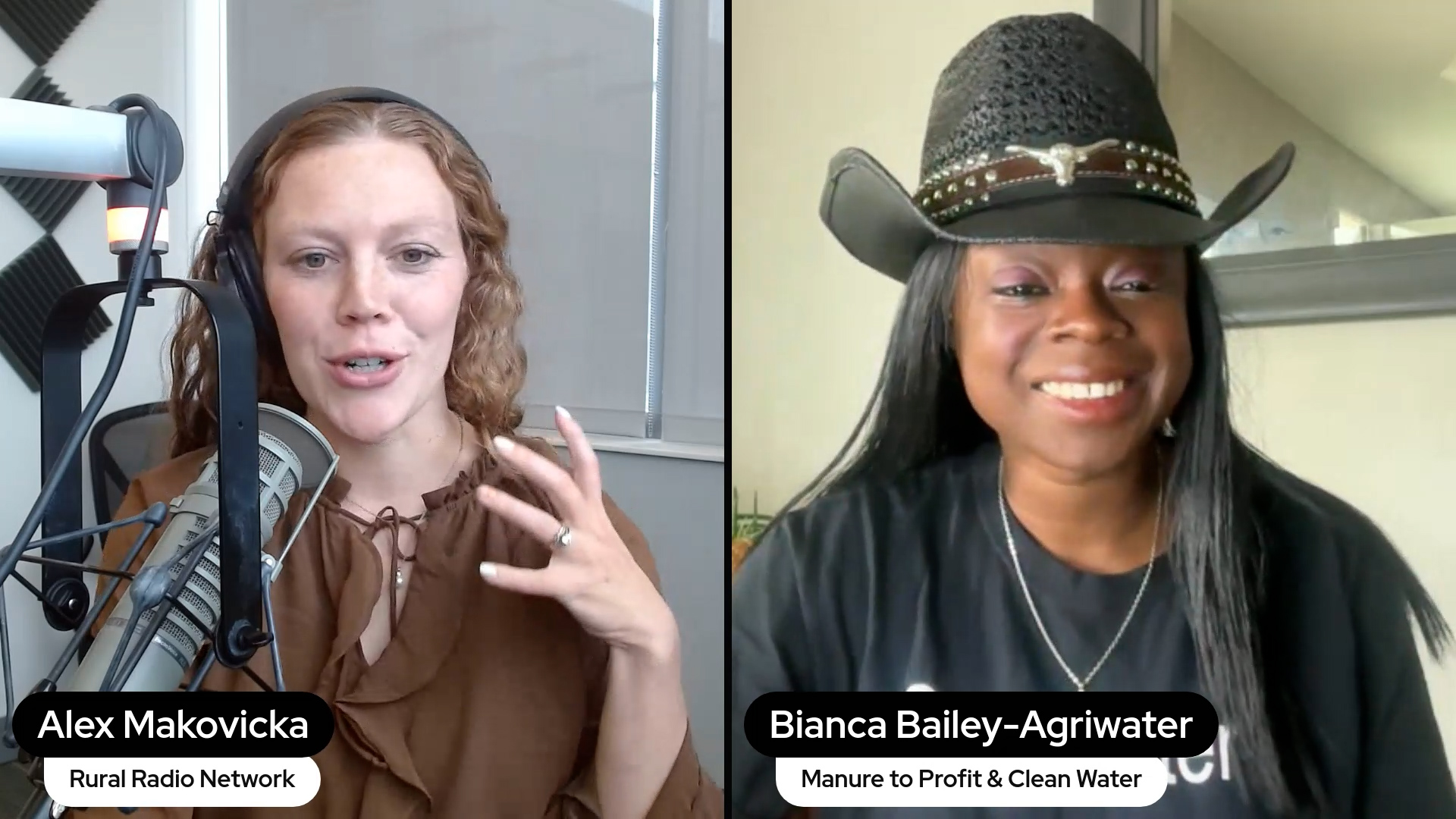Food Security Specialist Improved Community Resource Access – Medscape

Report on the Integration of a Food Outreach Specialist in a Pediatric Clinical Setting
A Multi-Sectoral Partnership to Advance Sustainable Development Goals
A research initiative presented at the American Academy of Pediatrics (AAP) 2025 National Conference highlights a successful partnership aimed at addressing food insecurity among pediatric patients. By embedding a food outreach specialist within a community clinic, the program provides a targeted intervention that directly supports several Sustainable Development Goals (SDGs), including SDG 2 (Zero Hunger), SDG 3 (Good Health and Well-being), and SDG 17 (Partnerships for the Goals).
The project, led by Dr. Constance Gundacker at the Children’s Midtown Clinic in Milwaukee, was developed in response to high rates of food insecurity, which affected an estimated 39% of families served by the clinic in 2023. Food insecurity is linked to adverse health outcomes in children, such as chronic conditions and increased emergency department visits, making this intervention critical for advancing SDG 3.
Program Framework and Implementation
Leveraging SDG 17: Partnerships for the Goals
The program’s success is founded on a strategic partnership between the Medical College of Wisconsin, the Children’s Midtown Clinic, a regional food and healthcare coalition, and Feeding America. This collaboration exemplifies SDG 17 by combining healthcare services with social support expertise to create a more holistic and effective system of care.
- Initiation: The program began in September 2023.
- Structure: A food outreach specialist from Feeding America was embedded in the clinic to provide weekly, in-person assistance.
- Function: The specialist’s primary role is to help families navigate and access food-related resources, with a focus on enrollment in Wisconsin’s Supplemental Nutrition Assistance Program (SNAP), known as FoodShare. This directly addresses the complex administrative barriers that often prevent vulnerable families from receiving aid, a key step toward achieving SDG 10 (Reduced Inequalities).
Program Outcomes and Impact on SDGs
Contribution to SDG 2 (Zero Hunger) and SDG 1 (No Poverty)
Initial results demonstrate a significant impact on alleviating food insecurity and poverty. In its first year, the program achieved the following outcomes:
- Families Served: 664
- Resources Provided: 708 connections to various programs, including SNAP, Summer EBT, and local food pantries.
- SNAP Enrollments: 24 families were successfully enrolled in the state’s SNAP program.
- Economic Impact: The enrollments generated an estimated economic impact of $115,512, translating to 19,176 additional meals annually for families in need.
Advancing SDG 3 (Good Health and Well-being)
By removing the burden from pediatricians to be experts on food access, the program allows clinical staff to focus on medical care while ensuring patients’ social determinants of health are addressed. This integrated approach is crucial for improving long-term health outcomes and promoting well-being.
- Staff Satisfaction: A survey of 16 staff members revealed that 81% found the program useful.
- Workload Management: All but one respondent reported that the program either decreased their workload or had no effect on it.
- Sustainability: After an initial grant from Children’s Wisconsin ended, the food bank partner continued to fund the specialist’s role, demonstrating a sustainable model for community outreach and long-term impact.
Future Directions and Strategic Recommendations
Scaling the Model to Reduce Inequalities (SDG 10)
The research team plans to expand the program’s impact by incorporating community feedback and strengthening referral networks. Future steps include:
- Expanding the embedded specialist model to other clinics.
- Incorporating feedback from community “Data Chats” to refine service delivery.
- Exploring the creation of a universal intake form to streamline enrollment in various assistance programs, thereby reducing systemic barriers for families.
Recommendations for Healthcare Providers
The program serves as a replicable model for other pediatric practices. Key recommendations for implementation include:
- Utilize professional tools, such as the AAP’s resources on food insecurity, to begin screening patients.
- Initiate partnerships with local food banks and community organizations to leverage their expertise and resources.
- Integrate specialized staff, such as care coordinators or outreach specialists, to provide dedicated support for navigating social service systems.
Analysis of SDGs in the Article
1. Which SDGs are addressed or connected to the issues highlighted in the article?
-
SDG 2: Zero Hunger
The article’s central theme is addressing food insecurity among families with children. It directly discusses the prevalence of food insecurity (17.9% of US families in 2023) and describes a program designed to connect families with food-related resources, such as food pantries and the Supplemental Nutrition Assistance Program (SNAP). This aligns perfectly with the goal of ending hunger and ensuring access to food.
-
SDG 3: Good Health and Well-being
The article explicitly links food insecurity to negative health outcomes in children, stating it is “associated with higher rates of chronic health conditions like asthma, skin allergies, and depression, along with increased emergency department visits and school absences.” By mitigating food insecurity, the program aims to improve the health and well-being of children, which is the core of SDG 3.
-
SDG 1: No Poverty
The program helps families enroll in Wisconsin’s SNAP program, called FoodShare. This is a form of social protection designed to alleviate poverty by providing financial assistance for food. The article highlights the “estimated economic impact of $115,512” from these enrollments, directly contributing to the financial stability of vulnerable families and addressing a key dimension of poverty.
-
SDG 17: Partnerships for the Goals
The initiative described is a multi-stakeholder partnership. The pediatric clinic partnered with a “regional food and healthcare coalition” and “Feeding America.” The program was initially funded by a grant from “Children’s Wisconsin” and is now sustained by a food bank. This collaboration between healthcare providers, non-profit organizations, and community coalitions exemplifies the approach promoted by SDG 17 to achieve sustainable development.
2. What specific targets under those SDGs can be identified based on the article’s content?
-
SDG 2: Zero Hunger
- Target 2.1: By 2030, end hunger and ensure access by all people, in particular the poor and people in vulnerable situations, including infants, to safe, nutritious and sufficient food all year round. The program directly works towards this by connecting families served by the pediatric clinic to food resources and SNAP benefits.
-
SDG 3: Good Health and Well-being
- Target 3.4: By 2030, reduce by one-third premature mortality from non-communicable diseases through prevention and treatment and promote mental health and well-being. The article links food insecurity to chronic conditions like asthma and depression. By addressing food insecurity, the program acts as a preventative measure to improve children’s physical and mental health.
-
SDG 1: No Poverty
- Target 1.3: Implement nationally appropriate social protection systems and measures for all, including floors, and by 2030 achieve substantial coverage of the poor and the vulnerable. The food outreach specialist’s role in helping families navigate and enroll in the state’s SNAP program is a direct implementation of this target, aiming to expand the coverage of this social protection system to eligible families who face barriers to access.
-
SDG 17: Partnerships for the Goals
- Target 17.17: Encourage and promote effective public, public-private and civil society partnerships, building on the experience and resourcing strategies of partnerships. The collaboration between the clinic (a healthcare provider), Feeding America (a non-profit), and a regional food bank is a clear example of a civil society and private sector partnership designed to address a social determinant of health.
3. Are there any indicators mentioned or implied in the article that can be used to measure progress towards the identified targets?
Yes, the article mentions several quantitative and qualitative indicators:
-
Indicators for SDG 2 (Zero Hunger) and SDG 1 (No Poverty)
- Prevalence of food insecurity: The article cites that 17.9% of US families and 39% of families served by the clinic experienced food insecurity, which serves as a baseline indicator (related to SDG Indicator 2.1.2).
- Number of families served: The specialist served 664 families in the first year.
- Number of resources provided: A total of 708 resources were provided to these families.
- Number of families enrolled in social protection: 24 families were successfully enrolled in the state’s SNAP program (related to SDG Indicator 1.3.1).
- Economic impact: The SNAP enrollments resulted in an estimated economic impact of $115,512.
-
Indicators for SDG 3 (Good Health and Well-being)
- Implied Health Outcome Indicators: While not measured in the article, progress could be tracked by measuring changes in the “rates of chronic health conditions like asthma, skin allergies, and depression,” “emergency department visits,” and “school absences” among the participating families.
-
Indicators for SDG 17 (Partnerships for the Goals)
- Program Sustainability: The continuation of funding for the specialist’s role by the food bank after the initial grant ended is a strong indicator of a successful and sustainable partnership.
- Staff Satisfaction and Integration: The staff survey results (81% found the program useful) and the integration of the specialist into the clinic’s operations serve as indicators of the partnership’s effectiveness.
4. Table of SDGs, Targets, and Indicators
| SDGs | Targets | Indicators |
|---|---|---|
| SDG 2: Zero Hunger | 2.1: End hunger and ensure access for all people, especially the vulnerable, to sufficient food all year round. |
|
| SDG 3: Good Health and Well-being | 3.4: Reduce mortality from non-communicable diseases and promote mental health. |
|
| SDG 1: No Poverty | 1.3: Implement social protection systems and achieve substantial coverage of the poor and vulnerable. |
|
| SDG 17: Partnerships for the Goals | 17.17: Encourage and promote effective public, public-private and civil society partnerships. |
|
Source: medscape.com

What is Your Reaction?
 Like
0
Like
0
 Dislike
0
Dislike
0
 Love
0
Love
0
 Funny
0
Funny
0
 Angry
0
Angry
0
 Sad
0
Sad
0
 Wow
0
Wow
0



















































.jpg.webp?itok=0ZsAnae9#)


























